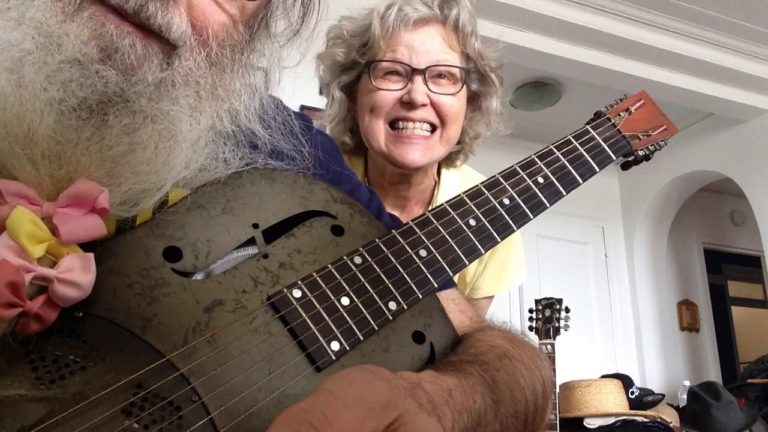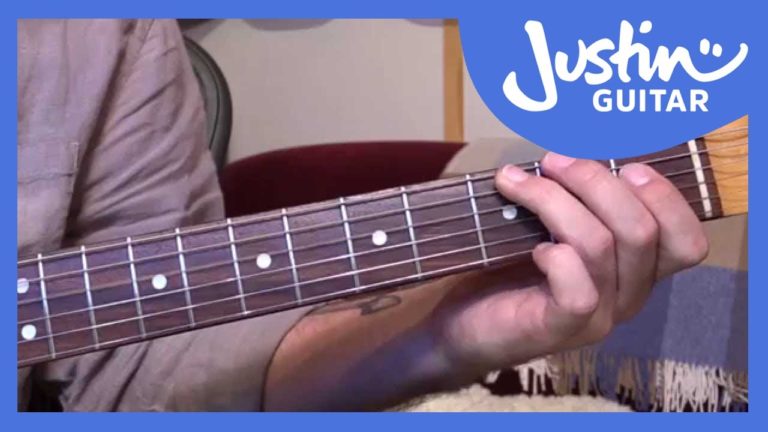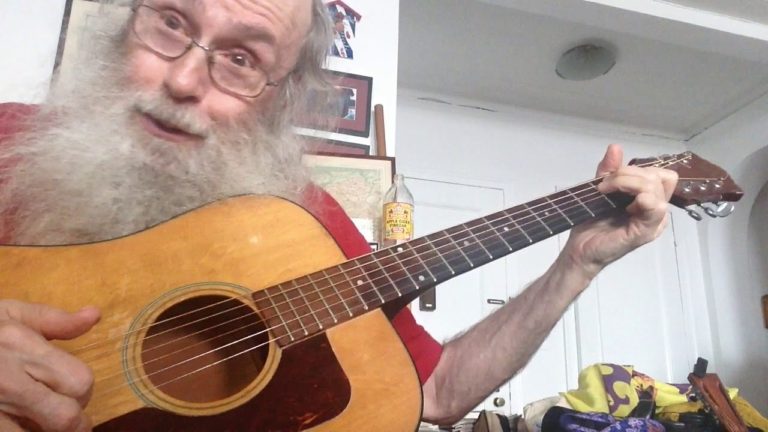“Microtonal Blues Scales” video series
https://www.youtube.com/watch?v=NVWX10c0bNc&list=PLnafBBFyC1Qg2kGpp2YeiiKjmMPiYz2s5&index=2&t=0s
Hey guys! I’m Panos and I’d like to share with you the results of my research on the microtones of Blues scales.
For many years I played Blues music with the mind of a jazz musician, utilizing minor and major pentatonics, modes, and arpeggios over major blues forms, but I never found myself sounding “authentic”. Something was missing… A few years ago I met George Zikos (guitarist of the band Zero Zero) who introduced me to a different mindset about blues scales, which led me to this research and eventually to the creation of two series of videos (“Microtonal Blues Scales” & “Blues History”). Even though some of the things I will present about the blues scales are known to scholars, they are not yet incorporated into the teaching of American music. So, I’ll try to make a first step with these lessons, not because I am an “expert”, but to initiate a discussion about this sensitive topic.
In the first series of videos that I will upload every week, called “Microtonal Blues Scales”, I’ll try to address the “problem” of many musicians (including myself) improvising inBlues or Blues-based music and sounding legit. Of course an important factorwe should focus on, is the scales we use. Should we play a major scale? Should we play a minor? and if yes, why play a minor scale over major chords?
As I will explain in these videos, blues scales are NOT like classical scales, where every note has an exact and fixed value. A Blues scale is more like an Arabic Maqam or an Indian Raga (where notes deviate from the European 12-Tone Temperament Tuning). However blues scales have the particularity of not only having Western traits in their DNA (due to musical exchange between Afro-americans and Euro-americans) but also being evolved, interpreted and being taught in a white society. Maybe it was the inevitable interpretation from the angle of one’s enculturated tone system, or maybe it was just a pedagogical convenience, the result is that whites oversimplified African American music using Classical tools and concepts in order to explain it (since at least the 19thcentury).
Of course many scholars have tried to analyze the nature of blues scales over the years. It’s a very difficult task, considering Bluesmen play the blues scales a little different from one another, depending on their influences, the instrument they use and their personality. They also perform songs slightly differently from time to time, never playing the exact same notes again. Nevertheless, I believe one can find common ground among the most influential bluesmen and make some sense out of this complex tradition. What I will present is a description of these microtonal scales (theory) that I believe is reasonably consistent with the real Blues practice, meaning, it explains most of the things, most of the time. Keep in mind that this is my personal interpretation and your study may produce different results.
On the other hand, some could argue that Blues is a style that should only be learned by listening to records and we shouldn’t try to explain and describe it since you only need to have the “blues feeling” to convincingly perform it. Well, in my opinion, that’s true for every kind of music, not only for the Blues. Someone with a lot of talent may be able to decode and learn every music language and its accents just by listening, but for the rest of us, a guideline (theory) is needed to help us understand where to pay attention when studying the Blues. Keep in mind, that theories are derived to explain existing musical practices, and therefore should not restrict us on expressing ourselves and making new music.
Ιn the second series of videos I will try to present the “History & Evolution of the Blues” in relation to other American music traditions and socioeconomic developments through the centuries. I have put great emphasis on the period before the birth of Blues (16th-19th century), since it’s very interesting to see how various music styles evolved through time and influenced one another leading to the creation of new music genres. I’ll publish these History lessons every week alongside the music ones.
I hope you find something useful in this work!
Panos Charalampidis
P.S.1 The video above is a necessary introduction to this new way of thinking. You must wait until next week for the presentation of the first scale 
P.S.2 English subtitles are available





